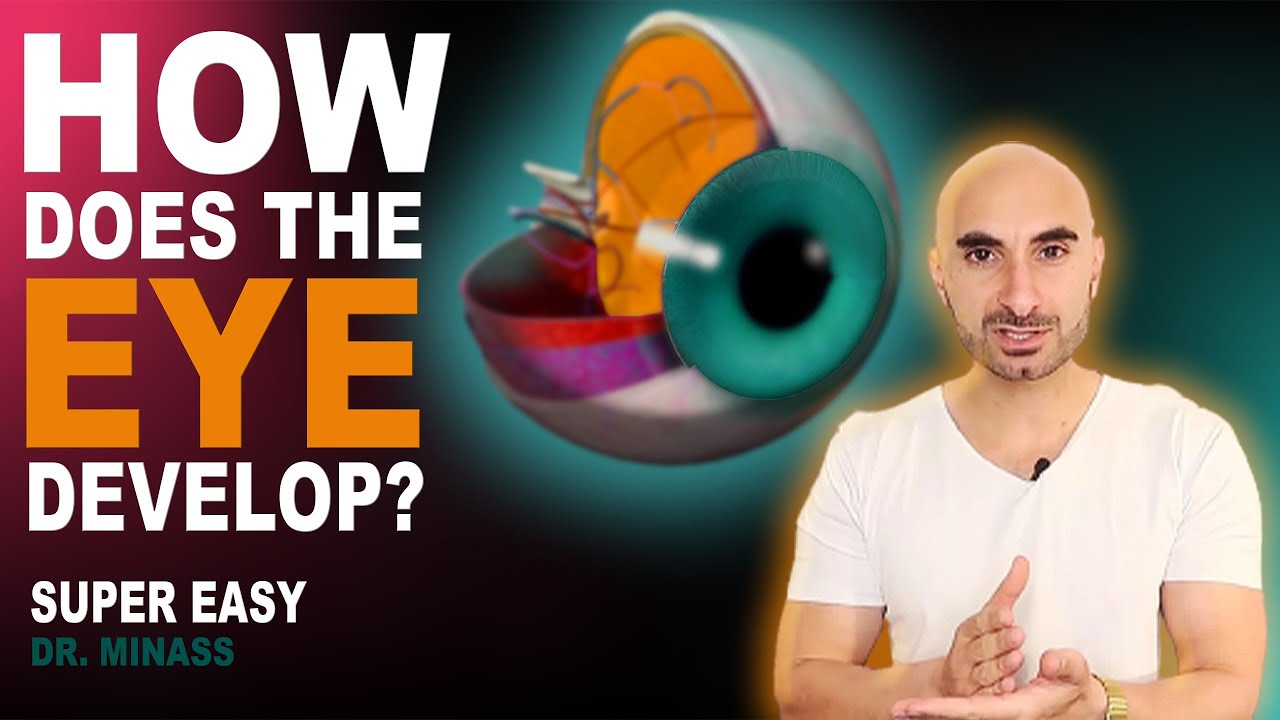BAB 1 PERTUMBUHAN DAN PERKEMBANGAN - PART 1 (IPA Kelas 9 Kurikulum Merdeka)
Summary
TLDRThis video lesson explores human growth and development from the perspective of biology, focusing on the process of embryology. It covers the stages from fertilization through to birth, explaining the processes of cell division, gametogenesis, fertilization, and organogenesis. The script highlights the differences between growth, which can be measured, and development, which refers to a person’s abilities. It also touches on the stages of human life from infancy to adulthood, including key milestones in child development and puberty. The lesson provides foundational knowledge for understanding the biological growth and development of humans.
Takeaways
- 😀 Human growth and development is a key topic in embryology, which studies the processes from a single cell to a fully developed baby.
- 😀 Growth refers to measurable changes like height, weight, and volume, while development focuses on unquantifiable abilities, such as speech or motor skills.
- 😀 Human life follows a cycle: baby -> child -> adolescent -> adult. Each phase is marked by distinct growth and developmental milestones.
- 😀 Embryogenesis is the period of organ formation in the fetus, beginning after fertilization and continuing through the first 8 weeks of pregnancy.
- 😀 Fertilization occurs when sperm meets an egg, resulting in a zygote that undergoes division (mitosis) to form a morula, blastula, and gastrula.
- 😀 The fetus develops during the fetal period, where organ differentiation occurs, eventually preparing for birth as a fully developed baby.
- 😀 Baby development is rapid in the first year, with milestones like crying, holding objects, crawling, and speaking the first words.
- 😀 In the first month, babies display reflex movements, and their eye focus distance is about 15 to 45 cm. By 10-15 months, they begin to speak.
- 😀 Childhood development involves major growth in motor skills, mental abilities, and language, with gross motor skills appearing around ages 3-5.
- 😀 Adolescence is marked by significant physical and mental changes, such as puberty, which differs between boys (ages 12-16) and girls (ages 10-14).
- 😀 Adulthood is characterized by the stabilization of mental, emotional, and physical changes. However, signs of aging, like gray hair or muscle loss, may appear in middle age.
Q & A
What is the main focus of Chapter 1 in the 9th grade science lesson on growth and development?
-Chapter 1 focuses on human growth and development, exploring the biological processes that occur from fertilization to birth, as well as the stages of growth throughout a human's life.
How does growth differ from development in biological terms?
-Growth refers to measurable changes in the body, such as an increase in height or weight, while development refers to qualitative changes, like the improvement of a person's abilities, which cannot be measured numerically.
What are the key stages of human growth and development mentioned in the transcript?
-The key stages include: baby → child → adolescence/puberty → adulthood. These stages are marked by different physical and emotional milestones.
What is embryology, and how does it relate to human growth and development?
-Embryology is the branch of biology that studies the processes of growth and development from a single fertilized cell to a fully formed organism, such as a baby. It focuses on the formation of organs and other structures during early development.
What occurs during the fertilization process in human development?
-Fertilization occurs when a sperm cell meets an egg cell, leading to the creation of a zygote. This marks the beginning of the developmental process.
What is the role of mitosis in early human development?
-Mitosis plays a crucial role in early human development by allowing the zygote to divide into multiple cells, starting the process of forming a more complex structure. This division eventually forms the morula and later the blastula.
What are the stages of human development after fertilization?
-After fertilization, the zygote undergoes cell divisions to form a morula, which develops into a blastula. The blastula stage leads to the gastrula stage, followed by the formation of the embryo, and eventually the fetus. After eight weeks, the fetus is fully formed and continues to grow until birth.
How does fetal development prepare the body for birth?
-During the fetal period, organs and systems continue to develop and differentiate, preparing the body for life outside the womb. This includes the development of the respiratory and circulatory systems, among others.
What are some key developmental milestones for babies from birth to 12 months?
-Some key milestones include reflex movements at 1 month, the ability to hold objects around 3 months, crawling by 7-9 months, and saying their first words and standing without help by 10-12 months.
What changes occur during puberty, and how do they differ for boys and girls?
-During puberty, physical and emotional changes occur. For boys, this includes facial hair growth, a deeper voice, and sperm production. For girls, puberty involves breast development, wider hips, and the onset of menstruation.
Outlines

This section is available to paid users only. Please upgrade to access this part.
Upgrade NowMindmap

This section is available to paid users only. Please upgrade to access this part.
Upgrade NowKeywords

This section is available to paid users only. Please upgrade to access this part.
Upgrade NowHighlights

This section is available to paid users only. Please upgrade to access this part.
Upgrade NowTranscripts

This section is available to paid users only. Please upgrade to access this part.
Upgrade NowBrowse More Related Video

Intro to Embryology (Development of Human) | How we were born?

PENCIPTAAN MANUSIA DALAM PERSPEKTIF AL-QUR'AN & SAINS /PROCESS OF HUMAN CREATION IN QUR’AN & SCIENCE

How Birds Get Oxygen Inside Their Eggs

Kenapa Ilmuwan Dunia Memilih Islam? | AI Mengungkap Keajaiban Ilmiah Al-Qur’an

Embryology of the Eye (Easy to Understand)

Biology Form 4 KSSM Chapter 15 (15.1) Reproductive Systems of Humans
5.0 / 5 (0 votes)